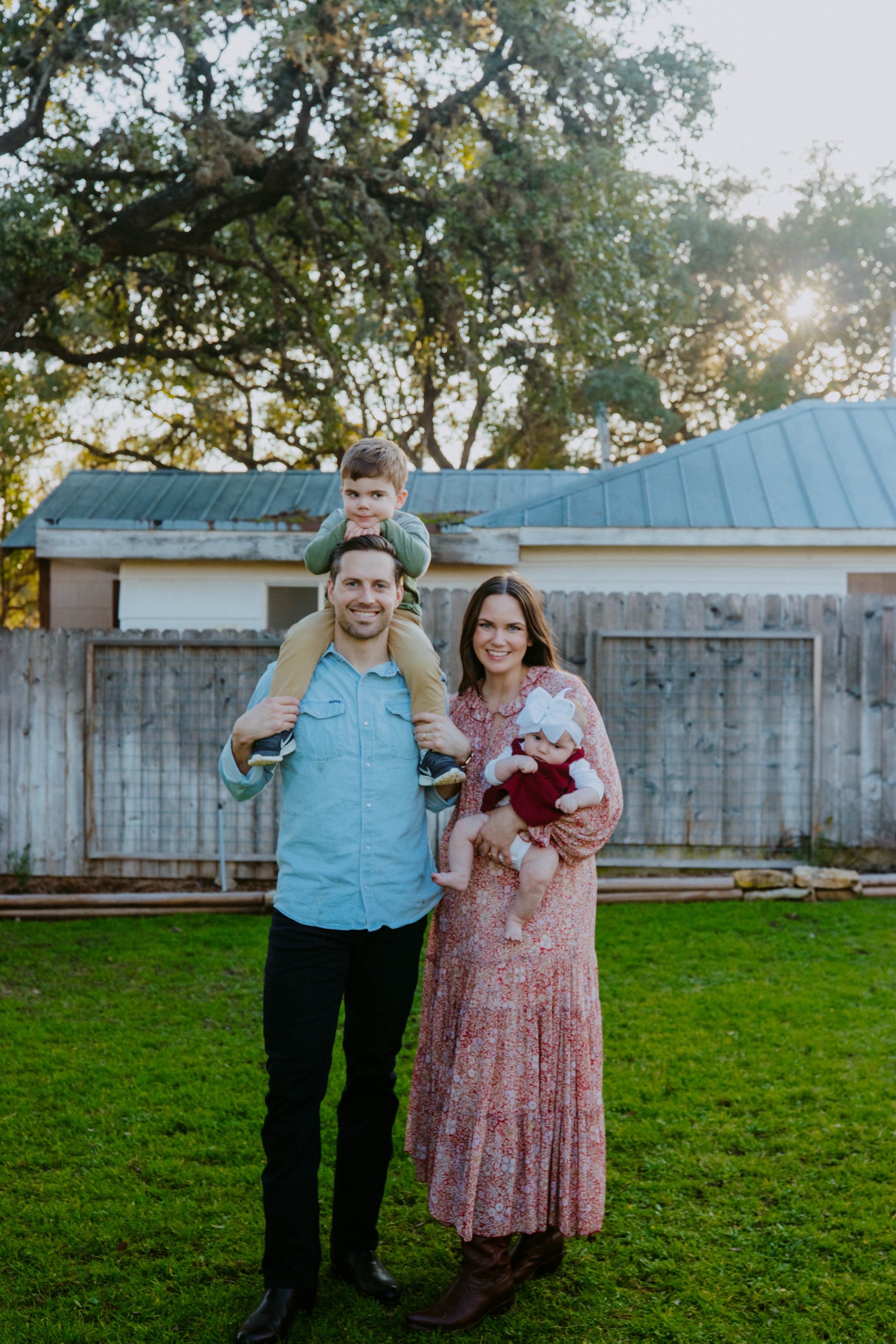Breaking Down Early Literacy Skills
- Ashley Daugherty
- Sep 10, 2020
- 2 min read

Phonological awareness, phonemic awareness, and then there’s just phonics! So many terms, so little time. Let’s break it down!
Phonological awareness is the broad understanding that our spoken language is made up of words and that our words are made up of individual sounds called phonemes (Zgonc, 2010).
Phonemic awareness is a skill that fits under the umbrella of phonological awareness. Phonemic awareness is the awareness that words are composed of phonemes (sounds) and that those sounds represent different articulatory features (Armbruster, 2001).
Phonics is simply the relationship between letters (graphemes) and sounds (phonemes) in a word. Phonics represents a students ability to decode words that they read.

Still confused?
Phonological awareness is an oral skill that represents our auditory senses. Phonics is the ability to recognize the letter-sound relationships in a word, making it both auditory (sounds) AND visual (print).
You can have phonological awareness without phonics, but you cannot have phonics without phonological awareness. (Zgonc, 2010)
But where does phonemic awareness fit in? Phonemic awareness focuses only on phonemes, or sounds, and how our mouths make those sounds. These are called articulators and they can include the tongue, teeth, lips, alveolar ridge (ridge behind your teeth), hard palate, and soft palate (ISME Journal, 2019).
Here is a basic example of phonemes in a word (and yes, you’ll need to say them outloud to understand their different articulatory features!):
The word ‘cat’ has three phonemes: /b/ /a/ /t/
The word ‘boat’’ has three phonemes: /b/ /ō/ /t/
The word ‘dough’ has only two phonemes: /d/ /ō/
If your child has phonemic awareness, they are able to tell how many sounds are in a word and how our mouths say those sounds!
Make sure to check out my instagram @learningwiththedocs for activities, articles, and more!
Happy learning!




Comments